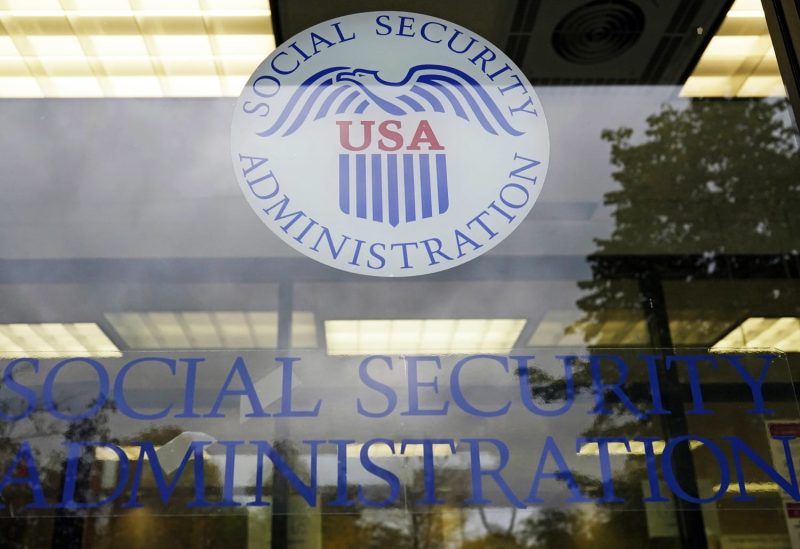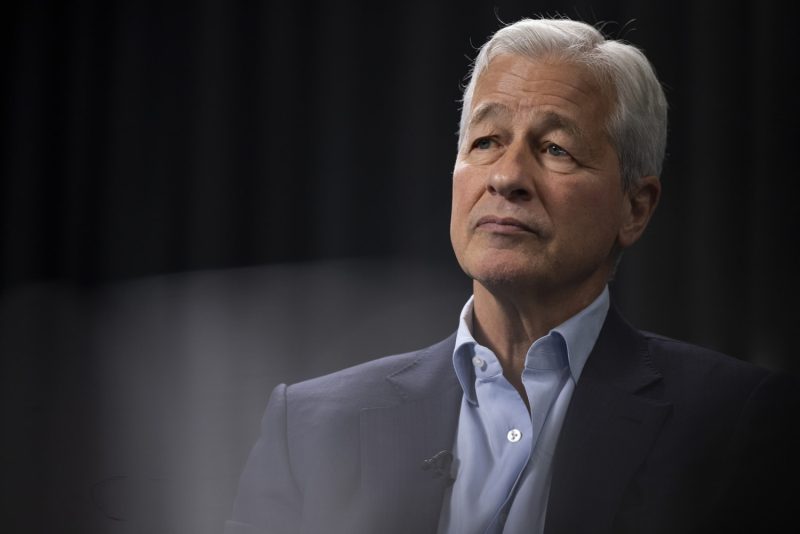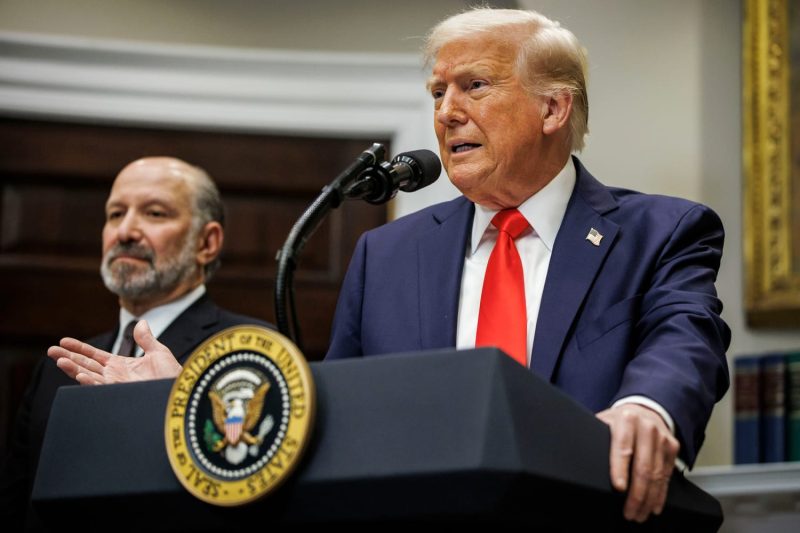
Macy’s delivered another quarter of mixed results on Thursday as investors wait and see how quickly CEO Tony Spring can pull off a turnaround of the business with yet another activist investor looking to take the chain private.
Across the business, which includes the Macy’s banner, Bloomingdale’s and Blue Mercury, comparable sales during the all-important holiday quarter were down 1.1%. But comparable sales across its owned and licensed businesses, plus its online marketplace, were up 0.2%, which is the highest the metric has been since the first quarter of 2022.
Plus, the so-called First 50 locations — the stores that Macy’s is devoting more resources to as part of its turnaround plan — saw comparable sales up 0.8%, marking the fourth quarter in a row the metric has been positive.
The two bright spots in an otherwise worse-than-expected set of results suggest Macy’s turnaround is showing some signs of life — it just might not be working fast enough.
For fiscal 2025, Macy’s is expecting adjusted earnings per share of $2.05 to $2.25 and sales of between $21 billion and $21.4 billion, lower than Wall Street expectations of $2.31 per share and $21.8 billion, according to LSEG.
Macy’s shares fell slightly in early trading.
Here’s how the department store performed during its fiscal fourth quarter, compared with what Wall Street was anticipating, based on a survey of analysts by LSEG:
The company’s reported net income for the three-month period that ended Feb. 1 was $342 million, or $1.21 per share, compared with a loss of $128 million, or a loss of 47 cents per share, a year earlier. Excluding one-time items including impairments and settlement and restructuring charges, Macy’s reported earnings of $507 million, or $1.80 per share.
Sales dropped to $7.77 billion, down about 4% from $8.12 billion a year earlier. Like other retailers, Macy’s benefited from an extra selling week in the year-ago period, which has skewed comparisons.
For the current quarter, Macy’s is expecting adjusted earnings per share of between 12 cents and 15 cents and sales of between $4.4 billion and $4.5 billion, far below estimates of 28 cents and $4.71 billion, according to LSEG.
On a call with analysts, chief operating officer and chief financial officer Adrian Mitchell said the company is taking a “prudent” approach to guidance given the fluid nature of the turnaround plan, cautious consumer spending and uncertainties created by recent tariff increases between the U.S. and major trade partners.
“If we weren’t in the environment that were operating in, I would be even more bullish on our potential,” CEO Spring said during a call with analysts. “But I think prudency is important at this point in time.”
Macy’s mixed results come just over a year into Spring’s tenure as the legacy department store’s chief executive and his three-year strategy to turn the business around. While Bloomingdale’s and Blue Mercury saw another quarter of positive comparable sales, growing 4.8% and 6.2%, respectively, Macy’s namesake banner continues to be the company’s laggard with comps down 1.9%.
To address long-standing issues at the legacy banner, Spring has implemented an aggressive store closure plan that includes shuttering 150 doors and a strategy to fix its better-performing locations. As Macy’s and other department stores have shrunk over the years, it’s faced criticism for neglecting its stores, not having enough staff and falling behind on the retail essentials that are necessary to win in any environment.
Spring has started to address those issues by investing in 50 locations and providing better staffing, merchandising and visual presentation of the company’s varied assortment.
So far, the plan appears to be working. When Macy’s added more staffing to the shoes and handbag departments at 100 test locations, those stores outperformed shops that didn’t have those investments, Spring said Thursday.
Storewide, the first 50 locations have continued to outperform the bulk of the chain, and in February, the company added an additional 75 stores to the program, bringing the total number of “reimagined” locations to 125.
“Performance of both the first 50 and the 100 test stores illustrate that when we invest in the customer experience, we can grow sales,” said Spring. “Now we must scale these changes in order to achieve our long-term goals.”
In fiscal 2024, comparable sales across Macy’s business were still down by 0.9%, but that’s an improvement of 5.1 percentage points compared to fiscal 2023. In the fourth quarter, comparable sales at the Macy’s nameplate also saw a decline of 0.9%, up 3.8 percentage points from the prior year.
Still, investors shouldn’t expect a return to growth this year. The company is projecting comparable sales for the owned stores it’s keeping open, plus its licensed businesses and online marketplace, to be down 2% to flat in fiscal 2025 compared to the prior year.
Reimagined stores now make up 36% of the 350 Macy’s locations that the business plans to keep open after it finishes closing underperforming locations. It will take time — and capital — to extend its strategy to the bulk of the chain. Spring has given the company two more years to pull it off, but whether investors have the patience to see the strategy play out — and whether macroeconomic conditions will slow it down — remains to be seen.
In December, activist investor Barington Capital revealed it has a position in Macy’s and wants the company to cut spending, explore selling its luxury brands and take a hard look at its real estate portfolio. It’s the fourth activist push at the department store in the last decade.
Like the activists that had come right before it, Arkhouse and Brigade, many suspect that Barington is mainly after Macy’s lucrative real estate portfolio and is more interested in juicing it for profit than doing the work necessary to revitalize the chain. Still, Macy’s must act in the interest of shareholders and if it’s not doing enough to return value quickly an activist could eventually win out.
Macy’s on Thursday announced its intent to resume share buybacks under its remaining $1.4 billion share repurchase authorization, “market conditions pending.”
“Building on our momentum, we continue to elevate the customer experience, deliver operational excellence and make prudent capital investments,” said Mitchell. “We remain committed to generating healthy free cash flow and returning capital to shareholders through share buybacks and predictable quarterly dividends.”
This post appeared first on NBC NEWS




















